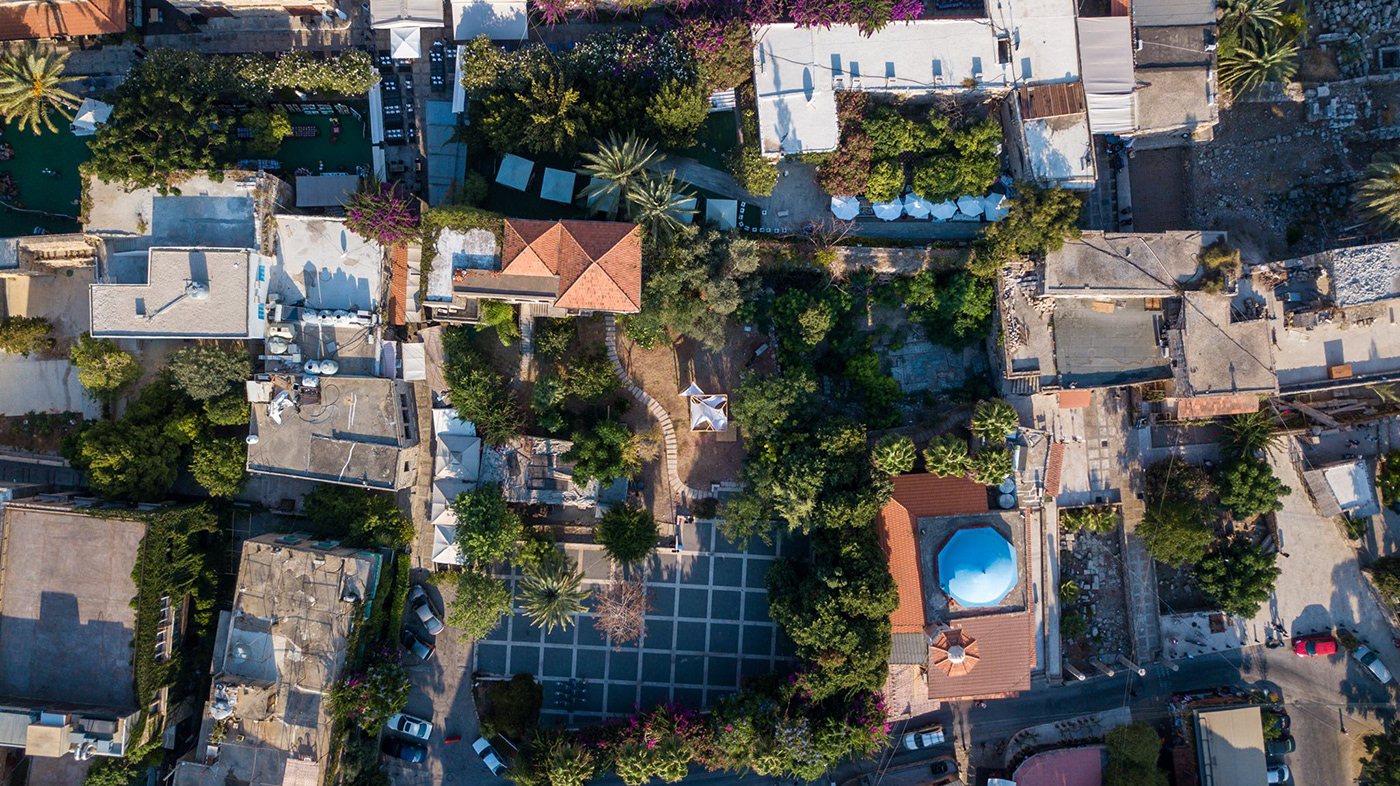h/i/stOries
in Byblos, Lebanon
2018
tutors:
Anastasia Kassiani Florou (Greece)
Matrona Milosi (Greece)
participants:
Anja Krummenacher (Switzerland)
Hana Sloukova (Czech Republic)
Kate Tierney (Ireland)
Mariam Elshabrawy (Egypt)
Mark Breidy (Lebanon)
Mohamed Abdelabry (Egypt)
Nadia Ayoub (Germany)
Steven Alejandro Whitehouse (England)
Anja Krummenacher (Switzerland)
Hana Sloukova (Czech Republic)
Kate Tierney (Ireland)
Mariam Elshabrawy (Egypt)
Mark Breidy (Lebanon)
Mohamed Abdelabry (Egypt)
Nadia Ayoub (Germany)
Steven Alejandro Whitehouse (England)
goal:
Diversity is the starting point and the goal of H/I/Stories project. The challenge was to find a way to combine ideas and perspectives of young designers from different backgrounds in order to design and materialize a space where people can share their stories, a human library, whose purpose is to embrace and emphasize the diversity of the inhabitants and visitors of Byblos.
location:
The Old Souk of Byblos is a crossroad of history and modern day life, of locals and tourists, of monumental serenity and loud nightlife. It is thus the perfect location for a pavilion to catch the attention of the people passing by, encourage them to walk around it, take some rest in its shadow and be part of a human history exposition themselves.
project:
The concept for the pavilion of H/I/Stories is based on the fact that you can find history in the smallest things: an object, an experience, a phrase or even a piece of fabric. In an environment where people from every possible background interact, the pavilion offers a space to share, find, live, read and expose history via little personal stories. The whole structure is available for everyone to leave a personal object, maybe an old book, write or draw something, leave a photo hanging from the ropes and learn something from other people’s stories.
The team started bonding and interacting through a day’s brainstorming in situ to decide on the qualities of space that a wooden pavilion can provide to take visitors through a journey of intimacy and exposure, to provoke the will to share a part of themselves in a human history exposition. After studying various oriental patterns and shapes, some basic geometries were isolated and applied to the final design. The participants went through the process of materializing their sketches and ideas to a 1:1 scale space through detailed thinking on the construction method with the available materials and tools. They worked with wood, rope and stretch fabric, constantly experimenting and improvising to make their ideas come to life. The result is a wooden pavilion with interesting atmospheres and spatial transitions that interacts with the surrounding environment and the people passing by.
These two weeks of interaction and cooperation between the members of the team enhances the meaning and the function of the H/I/Stories pavilion. The impact of our coexistence in this international environment is shown by the team’s first “exhibits” inside the final structure and their interaction with the stories that are now written and drawn on it by locals and visitors. A large drawing of the world map on one of the partitions is already filled with dots from all around the globe. Photos and messages in various languages are hanging from the ropes inside the pavilion as a testimony of a moment of unity between passers-by.




















